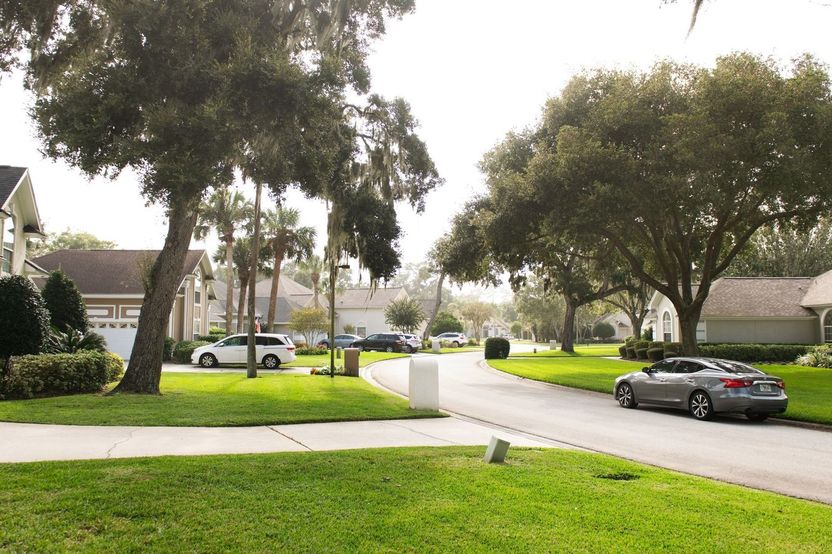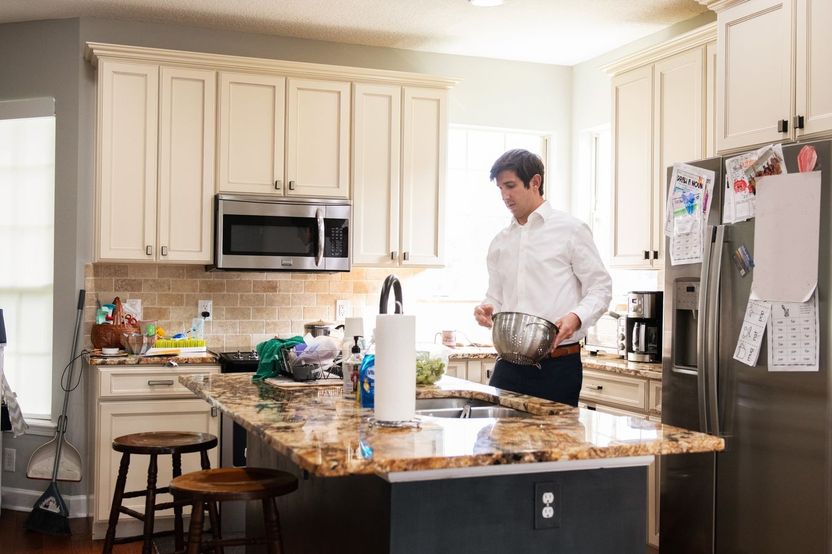
AGNES LOPEZ FOR THE WALL STREET JOURNAL
Mortgage rates are up sharply, but they have risen more for some than others.
The rapid speed of the Federal Reserve’s rate increases has injected volatility into everything from bonds to bitcoin. In the world of mortgage rates, it means that two buyers with similar financial profiles, making similar purchases, can wind up with monthly payments that differ by hundreds of dollars.
Typical mortgage rates now range some 0.4 percentage point above or below the average rate, according to an analysis of application data by mortgage giant Freddie Mac. That is more than double the range during the years before the Fed started raising rates. The range was even higher at some points last year and earlier this year.
Some lenders currently are offering rates closer to 7% and others are offering well over 8%. That means the average rate that Freddie Mac releases each Thursday is less likely to be the one a borrower gets when shopping for a mortgage.
That rate hit 7.49% this week, a fresh 23-year high, Freddie Mac said on Thursday. The rate was 7.31% last week.
To some degree, the range of available rates always widens when interest costs are higher, said Sam Khater, chief economist at Freddie Mac. But the speed of the Fed hikes since early 2022 means that lenders have taken increasingly divergent strategies for pricing their loans, mortgage bankers say.
Lenders are rushing to stem losses after sales and refinancings plummeted. Some are keeping rates high to try to earn as much as possible per loan. Other stronger lenders are keeping rates lower to bring in more business.
Some of the variation also has to do with the rapid movements in the benchmark 10-year Treasury yield, which typically drives mortgage rates. Research suggests that when rate volatility is high, lenders change the rates they are offering on a dime, and shoppers are more prone to get several rate quotes, according to Khater. The 10-year yield, after dipping this spring, is now around its highest in 16 years.
The median American household needed 44% of its income to cover annual payments on a median-priced home as of July, according to the Atlanta Fed. That was the highest level ever recorded in data going back to 2006.

AGNES LOPEZ FOR THE WALL STREET JOURNAL

AGNES LOPEZ FOR THE WALL STREET JOURNAL
Rashed and Liz Aboudan closed on a house for their family of four in Ponte Vedra Beach, Fla., in July. The first quote they got from their bank was 7.25%, but they went to other lenders and used those quotes to get the first mortgage banker to nudge the rate down. They ended up at 6.625%.
“There was a lot of negotiating room,” Rashed Aboudan said—more than he remembers from when he bought a townhouse in Virginia in 2019.
The other change the Aboudans made that lowered the rate was making a down payment of 40% instead of 20%. To come up with the cash, they sold the townhouse. They had wanted to keep it and rent it out. But by selling, they were able to push down the payment on their new house by over $1,000 a month.
Other buyers are trying different tacks to make their high mortgage rates sting a little bit less. Many are paying fees up front for discount points that lower their rate.
Adjustable-rate mortgages, which typically carry lower rates in their early years, are often a popular option when rates go up. They made up 8% of mortgage applications last week, compared with 5.6% over the past five years, according to the Mortgage Bankers Association.
But they are also no longer such a cost saver. The average rate this week on the most common type of ARM—which is fixed for the first five years and then resets after that—has been only slightly lower than fixed rates recently, according to Bankrate.com.
Some of the lower rates are coming from home builders, who are enjoying the relative strength of new-home sales. Some 25% of builders are buying down borrowers’ mortgage rates for the first few years or even the life of a loan, offering sweeter terms to entice buyers, according to the National Association of Home Builders.
But even just shopping around often pays off. A Freddie Mac analysis earlier this year found that borrowers who got as many as five different quotes late last year could have saved roughly $6,000 over the duration of the loan.
Patrick Bruders reached out to three lenders when he bought a house in Menomonee Falls, Wis., over the summer. The first one gave him a rate of 7.5% that included paying more than $4,000 to buy down the rate from 8.4%. A second offered 7.375% with no rate buydown. He went with the third, which had a rate of 7.25% and no rate buydown, plus no cost to refinance later on.
His brother, Ryan Bruders, had a similar experience. When he was looking for a mortgage this spring in Denver, he went to a broker that offered him a rate of 6.375%. A second broker offered him 6.25%, and also offered to cover some $5,000 in fees, including for the appraisal and title insurance.
“Because there’s not a lot of business out there, they are willing to cut into their fee just to get the deal done,” he said.
The post Is Your Next Mortgage 7% or 8%? Depends If You Shop Around. appeared first on Real Estate News & Insights | realtor.com®.
